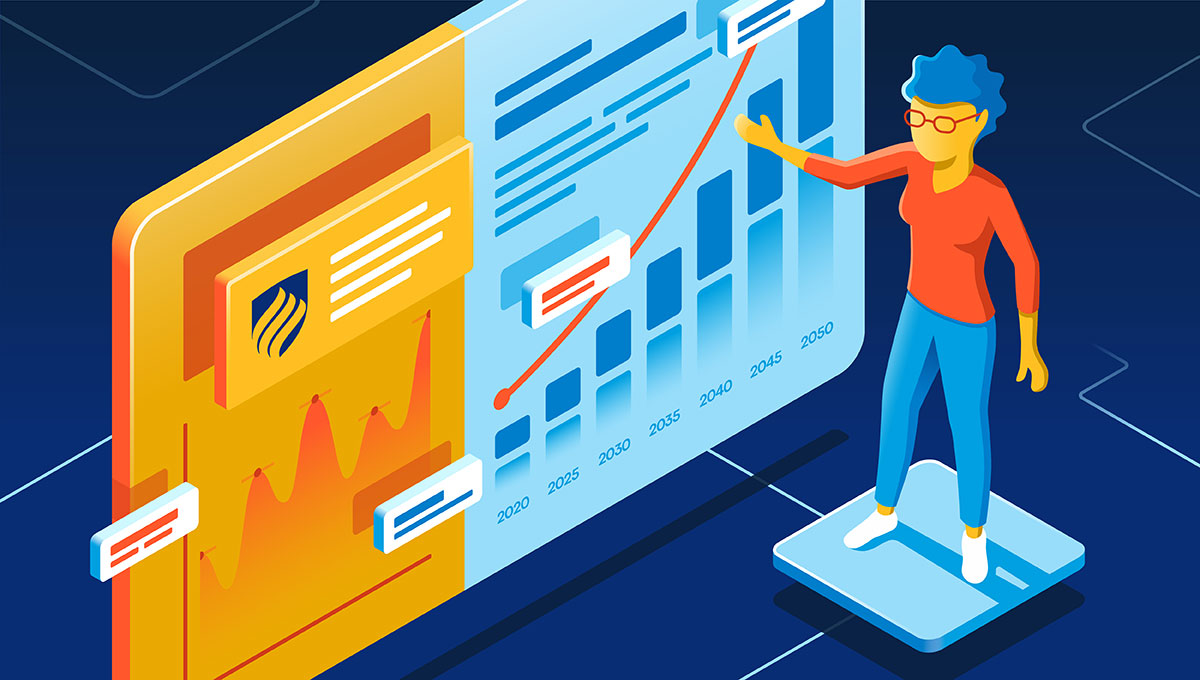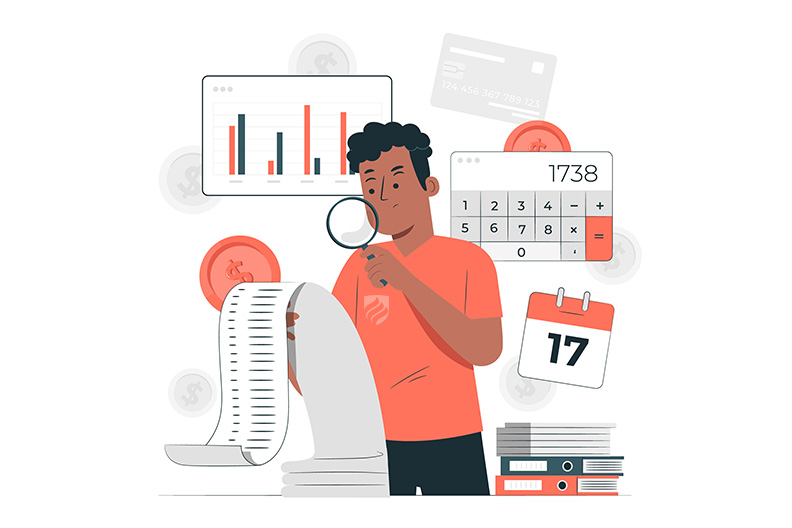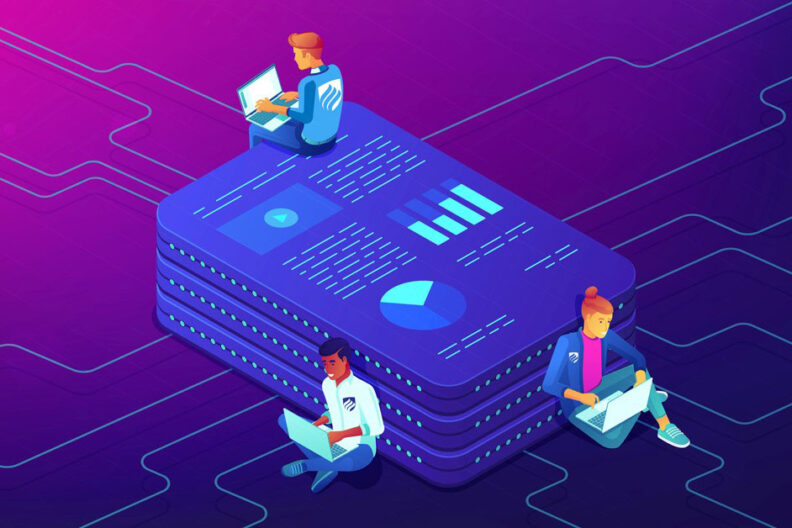3 Ways to Create Better Business Forecasts
UNLIMITED DATA | BY JAMES KULICH | 5 MIN READ

The need for quality business forecasts has rarely been greater. As the usual uncertainty associated with normal business cycles is amplified by many current forces with which we are all familiar, any credible insight into what might come next has real potential value.
In this post, I offer thoughts on three ways business forecasts can be improved, illustrated by student projects.
1. Use Human Expertise and Data Together
A natural starting place for many forecasts is intuition. As experts, we are comfortable with extrapolating from what we see and know. When done thoughtfully, this use of expert judgment can be a powerful source of insight.
Human bias, though, inevitably creeps in. Avoiding the temptation to bend a forecast toward some desired goal can be difficult, especially in the face of group pressure. As Nobel Prize winner Daniel Kahneman illustrates in his book Thinking Fast and Slow, human decision-making capabilities are both incredibly powerful and prone to a wide range of biases of which we are often unaware.
Another natural starting point for forecasting is the use of data. Data science offers a well-developed set of sophisticated techniques for extracting subtle time-based patterns and blending them into a forecast.
One approach, known as exponential smoothing, is to create a forecast by iteratively weighing known past values of the data, the rate at which the data are changing, and the extent to which the data exhibit seasonal patterns, giving more credence to recent history without losing important signals from the more distant past.
Another approach, known as ARIMA, is to forecast via mathematical linear regression models that begin with sliding windows of known data and improve by correcting errors in these initial forecasts.
As is often the case in data science, the best results are achieved when expert judgment and data are combined. Sometimes, an initial forecast model points to a pattern such as a tendency of the data to revert to its average, which can then be validated using domain knowledge. Other times, understanding of an underlying business process can direct the design and use of a mathematical model.
In one group project sponsored by a global manufacturer of specialty paints and pigments, students developed forecasts for complex shipping demand data. While a purely mathematical approach did well when data were highly aggregated, outcomes at the more detailed level the organization required were inconsistent. The results improved significantly when a key dynamic of the shipping cycle, based on domain knowledge, could be quantified and incorporated into the forecast models.
2. Refine Forecast Goals to Promote Forecast Quality
Clients quite naturally hope for breakthroughs, desiring forecasts that are both far-reaching and highly accurate. The reality is that achieving forecast accuracy with error ranges of 10%–30% is often the best possible result. Expectations can be tough to manage.
One way to get better answers is to ask better questions.
One of our recent graduates completed a full master’s thesis in which he thoroughly explored possibilities for predicting hotel occupancy and revenue as the COVID pandemic eases, using publicly available data on historical hotel occupancy metrics, county-level COVID-19 data, county-level anonymous cell phone motion data, and TSA travel volume data.
Initial results followed a similar pattern to the shipping demand case—with decent although not especially useful forecasts possible at an aggregated level—but ran into real challenges when looking to be more specific.
The breakthrough occurred with the realization that different sectors of the hotel industry are responding to the COVID crisis in different ways. The rich mix of data used in the project validated the idea that hotels that depend largely on business travel are recovering very slowly, whereas those located in destinations that support outdoor recreation, such as near national parks, are seeing a much quicker return to more normal levels of activity.
Our student reframed the research question to focus on what he called “destination locations,” a collection of somewhat smaller yet significant hotel locations that are amenable to a more immediate recovery. He successfully built models that forecast what the recovery trajectory might be. This outcome will be of use in his industry, which provides services to hotels.
3. Make Good Use of Scenarios
As baseball great Yogi Berra quipped, “It’s tough to make predictions, especially about the future.” One approach to consider is the use of scenarios. What if?
Scenarios can be explored in any forecast model. Recent rapid growth in the ability to efficiently execute large-scale simulations is taking scenario-based forecasting to a new level.
One exciting emerging area of data science practice that depends upon simulations is reinforcement learning. The idea is not new. An early use of reinforcement learning was to develop expert systems that learn as they go to ultimately outperform humans in complex games. Think Watson and “Jeopardy.”
Now, with enormous computing power readily available, reinforcement learning is finding application in many areas of practice, including business forecasting. A recent post on Analytics Vidhya illustrates a fascinating application of reinforcement learning to support automated trading.
One Constant: Focus on Value
A consistent theme in Elmhurst’s Master’s in Data Science and Analytics program is to always focus on creating value. In the world of business forecasting, this might mean generating a meaningful, accurate, and useful forecast. Or, it might entail discovering key drivers of future activity that can be optimized.
Whatever the case may be, systematically combining the power of data with human insight provides the best path to delivering value in business forecasts.










